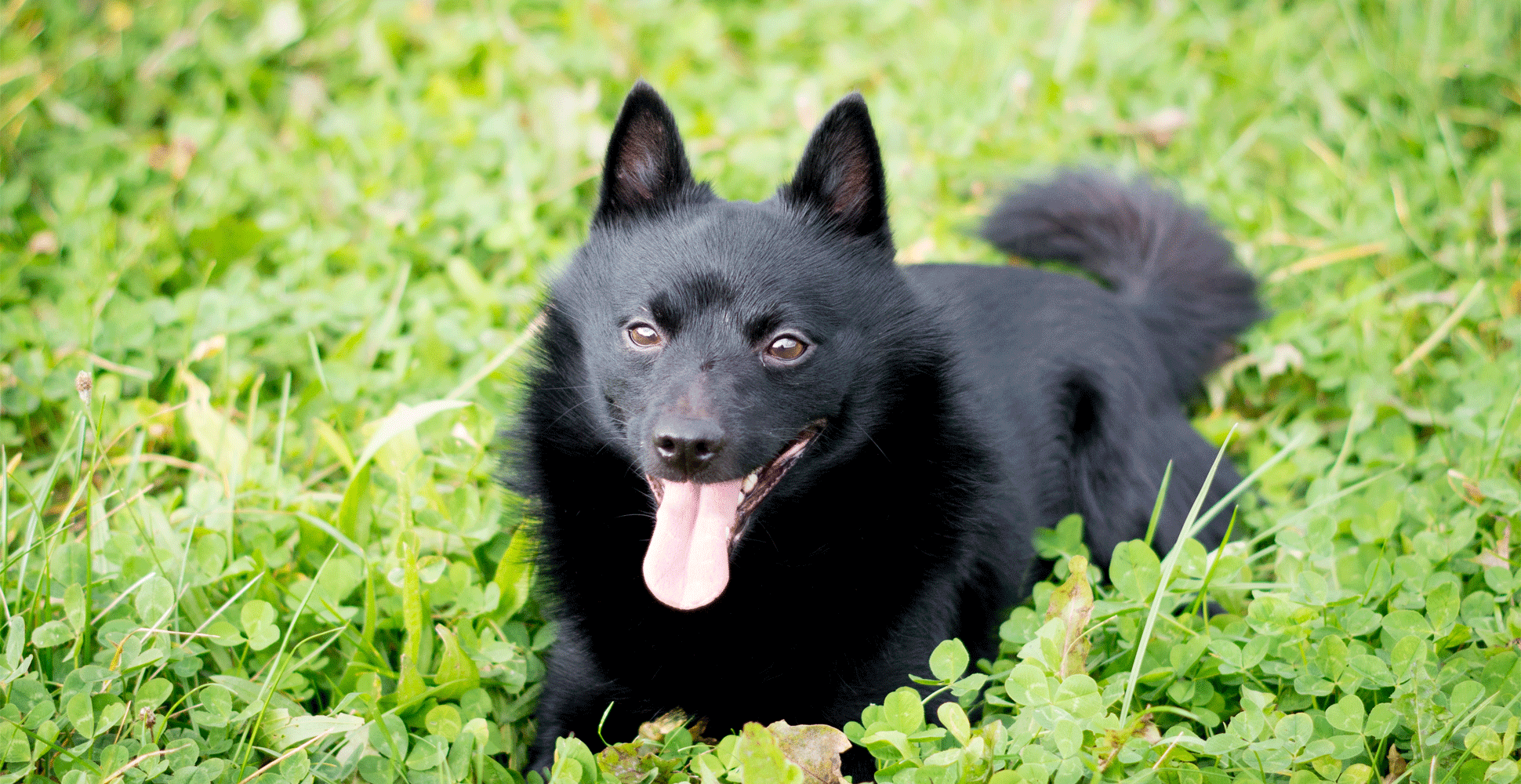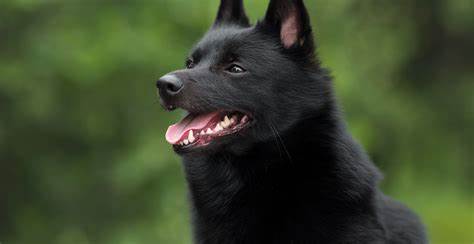
The Schipperke is a small, fox-like dog breed that originated in Belgium during the 16th century. Its name means "little captain" or "little shepherd" in Flemish. Originally bred to guard barges and boats along the canals of Brussels and Antwerp, the Schipperke was prized for its alertness, fearless nature, and rat-hunting abilities.
Beyond the waterways, they also served as watchdogs in shops and homes. Their sharp wits, loyalty, and mischievous nature earned them the nickname "little black devils" among Belgian workers and sailors.
The Schipperke’s bold character and charming looks made it extremely popular in Belgium by the 19th century, and soon after, it found fans in England and the United States. Today, it remains a beloved companion, especially among those who appreciate an independent spirit wrapped in a small package.
Though not as widespread as some companion breeds, the Schipperke holds steady popularity among enthusiasts who adore its intelligence, protective instincts, and liveliness.
The Schipperke is a small, robust dog with a distinctive silhouette, thanks to its thick, profuse coat and fox-like face.
• Height: 10–13 inches (25–33 cm)
• Weight: 10–16 pounds (4.5–7.5 kg)
• Build: Compact, square, and muscular
• Coat: Thick, double coat forming a ruff around the neck and chest
• Color: Typically solid black (other colors like cream and red exist but are rare)
• Head: Fox-like with a pointed muzzle
• Eyes: Dark brown, small, and oval-shaped
• Ears: Small, triangular, and erect
• Tail: Naturally tailless or docked in some countries; when present, carried high
The lush coat and proud carriage give the Schipperke an appearance of confident determination.
The Schipperke is famous for its fearless, curious, and independent personality.
• Affectionate: Forms strong bonds with its family, though often aloof with strangers.
• Alert: An exceptional watchdog despite its small size.
• Energetic: Needs plenty of exercise and mental stimulation.
• Intelligent: Highly trainable but tends to think for itself.
• Curious: Loves to explore and investigate its surroundings.
They are lively little characters that enjoy being involved in all aspects of family life.

The Schipperke is ideal for:
• Active individuals or families who enjoy interactive pets
• Owners looking for a small but effective watchdog
• Those who appreciate an independent-minded, spirited dog
• People who prefer a breed with minimal grooming demands beyond regular brushing
However, it may not be ideal for:
• Owners wanting a laid-back or highly obedient dog
• Families with very young children (due to its strong-willed nature)
• Homes without secure fencing (Schipperkes are excellent escape artists)
Schipperkes require regular activity and mental engagement to thrive.
• Exercise: Moderate to high; enjoys walks, games, and agility activities.
• Training: Best with positive reinforcement; early socialization is crucial.
• Grooming: Weekly brushing; seasonal shedding ("blowing coat") requires more frequent grooming.
• Living Environment: Adaptable to apartments if exercised adequately; thrives in homes with secure yards.
• Feeding: High-quality diet formulated for small, energetic breeds.
They need leadership and consistency to prevent small dog syndrome tendencies.
Schipperkes are a hardy breed but can be prone to certain health issues:
• Legg-Calvé-Perthes disease
• Epilepsy
• Hypothyroidism
• MPS IIIB (a genetic neurological disorder specific to Schipperkes)
• Eye conditions like progressive retinal atrophy (PRA)
They generally live 13 to 16 years with good care and responsible breeding practices.

• Pomeranian: Both are small and lively, but Schipperkes are sturdier and more independent.
• Swedish Vallhund: Larger and more herding-focused than the Schipperke, though both are vigilant and spunky.
• Miniature Pinscher: The "Min Pin" is sleeker and more intense, while the Schipperke is fluffier and slightly more easygoing.
If you are looking for a small, fearless companion who is intelligent, playful, and a bit mischievous, the Schipperke might be the perfect fit. They are wonderful companions for experienced dog owners who can channel their energy and independence constructively.
Prospective owners should be ready for an active, headstrong little dog who thinks big despite its compact size.
Look for responsible breeders who screen for known genetic health issues like MPS IIIB and PRA. Rescue groups dedicated to Schipperkes also offer adoption opportunities for those seeking a new little adventurer.
United Pet Club offers helpful tools for health management, microchip registration, and care guidance for new Schipperke owners.